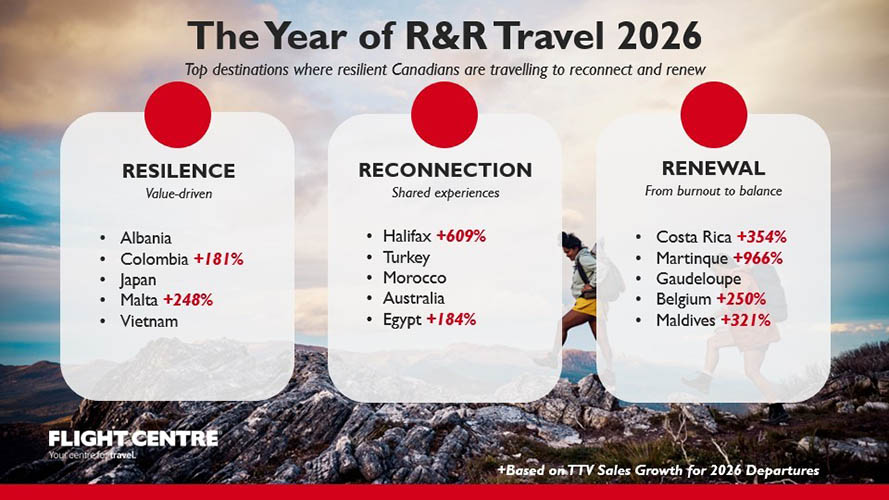Supply chains are extremely complex today. Components and materials often originate from suppliers across multiple countries and continents before final assembly. While globalized supply chains enable companies to reduce costs through international sourcing and labor, they also introduce major challenges in coordination and disruptions.
Complex supply chains with many stages and geographical links face risks such as port congestion, labor disputes, wars, natural disasters, and other events that can cause delays or shortages. These unpredictable disruptions get amplified as they propagate through the many stages of long supply chains. Fluctuating consumer demand adds to these woes. Companies find it difficult to know how much to purchase and whether the goods will sell.
The increasing complexity tends to create more unforeseen failure points. Natural disasters, geopolitics, or even a single port shutdown can ripple through and paralyze multifaceted worldwide supply chains. Companies struggle to gain end-to-end visibility and implement resilience across global networks involving numerous warehouses, carriers, and vendors. Fortunately, companies can make use of Supply Chain Management RFP templates to find the right program for their needs, one that will ease these pain points and streamline their supply chains.
Software Solutions for Enhanced Supply Chain Management
Advanced supply chain management software is increasingly being utilized to address these challenges. Solutions such as enterprise resource planning (ERP), supply chain planning, warehouse management systems (WMS), transportation management systems (TMS), and more can provide substantial benefits for companies that rely on complex supplier and distribution networks. When a company effectively implements these programs, supply chain technology can increase visibility across global operations, optimize inventory to match demand, reduce freight expenses, digitize manual processes, and synchronize data with partners. The supply chain becomes more efficient even as associated costs go down. In addition, the company can respond rapidly to marketplace changes.
What Benefits Come with Supply Chain Management Software?
Supply chain software delivers a variety of advantages, including:
• Real-time visibility into orders, inventory, shipments, and more through dashboards and analytics• Automated workflows and processes instead of paper-based manual operations • Advanced planning and forecasting powered by artificial intelligence and machine learning algorithms• Optimized routing and storage based on sophisticated logistics modeling• Improved collaboration through cloud-based platforms accessible to supply chain partners• Identifying potential disruptions before they occur through predictive analytics
With the help of this software, a company can have a leaner, smarter supply chain. Disruptions won’t be a concern and waste will be eliminated. This allows the company to see bigger profits. In addition, the use of supply chain software leads to increased customer satisfaction, as their expectations can be consistently met.
Integrating Systems for End-to-End Improvements
To fully optimize the supply chain, it is best to integrate related systems so that data flows seamlessly from one application to the next. This might involve connecting procurement software with supplier portals, linking ERP inventory data to warehouse management platforms, transmitting orders into production planning tools, synchronizing 3PL transportation apps with an internal TMS, and more. Manually entering the same data into multiple solutions is inefficient. API-based integration allows supply chain technology to communicate, creating a digital thread that runs through the entire goods movement process. This end-to-end visibility and coordination is the ultimate goal for streamlining operations.
Supply chains continue to become more expansive and fast-paced. As they do, they must rely on modern software to manage complex movements of goods. However, this software must fulfill its purpose to be effective. Bringing together best-of-breed applications allows organizations to optimize their supply chains and increase their efficiency. Companies that successfully do so gain an edge in their industries.
































